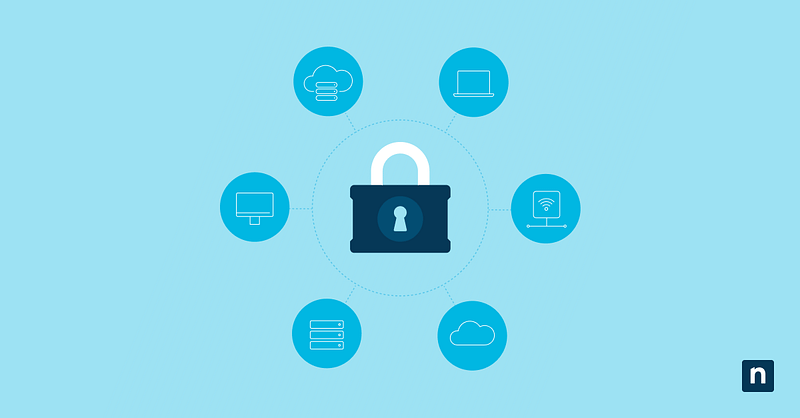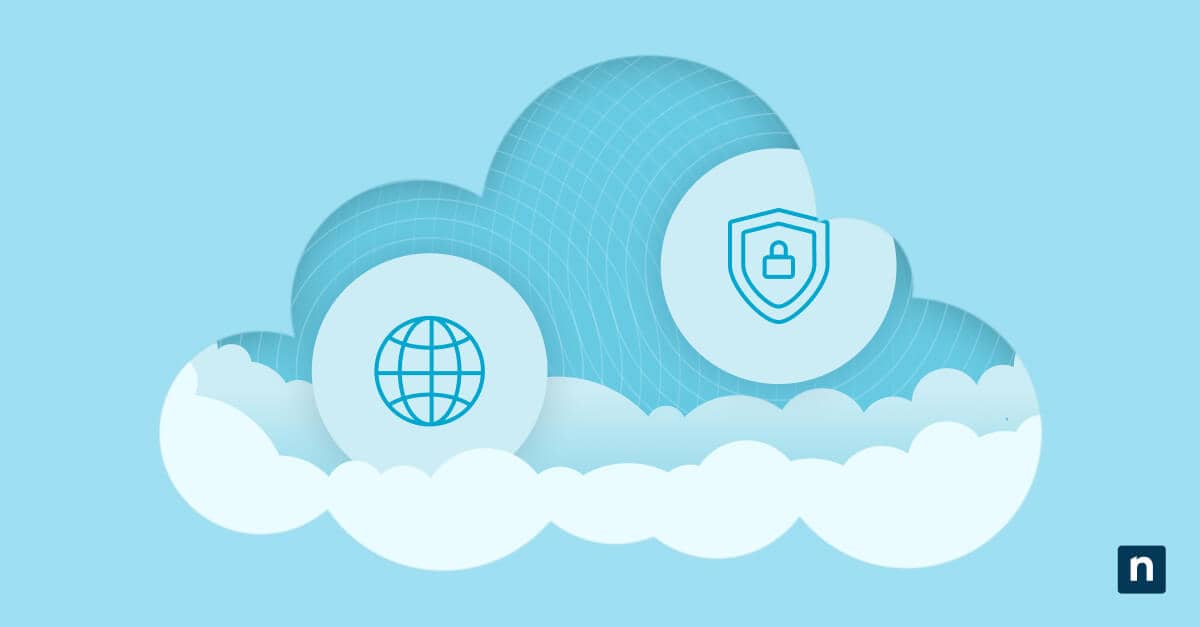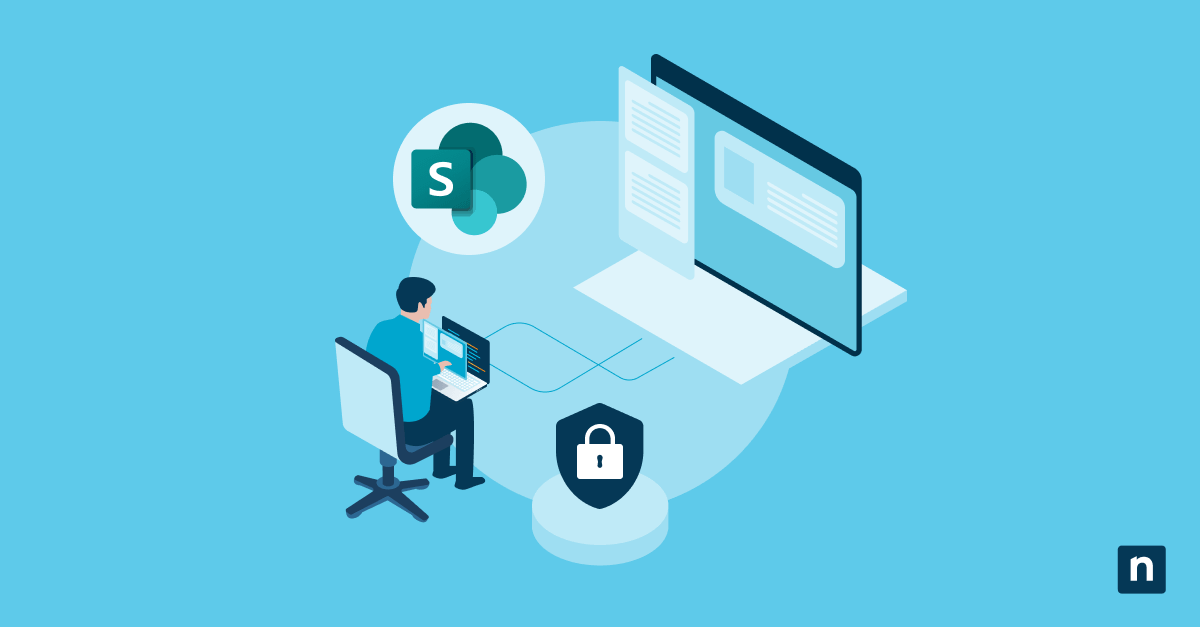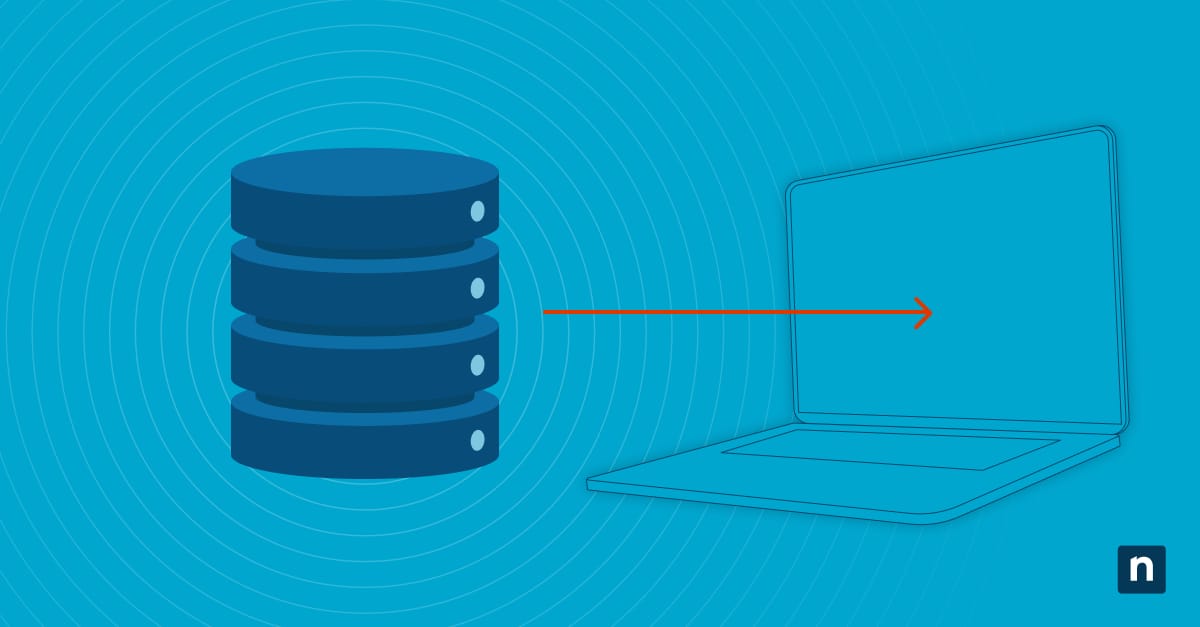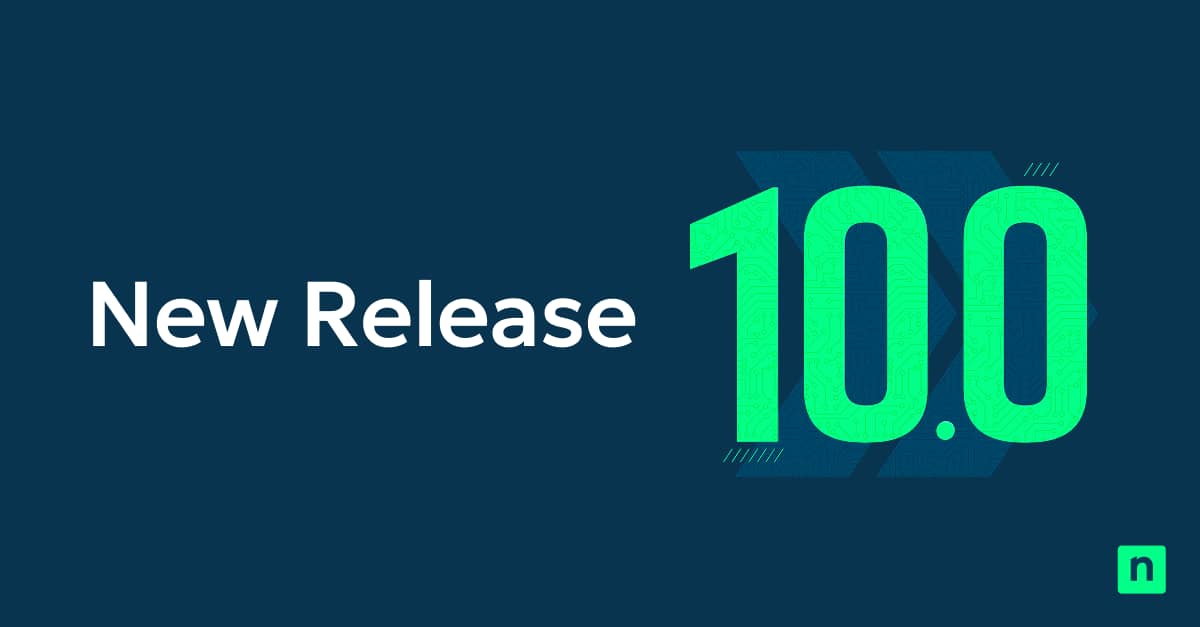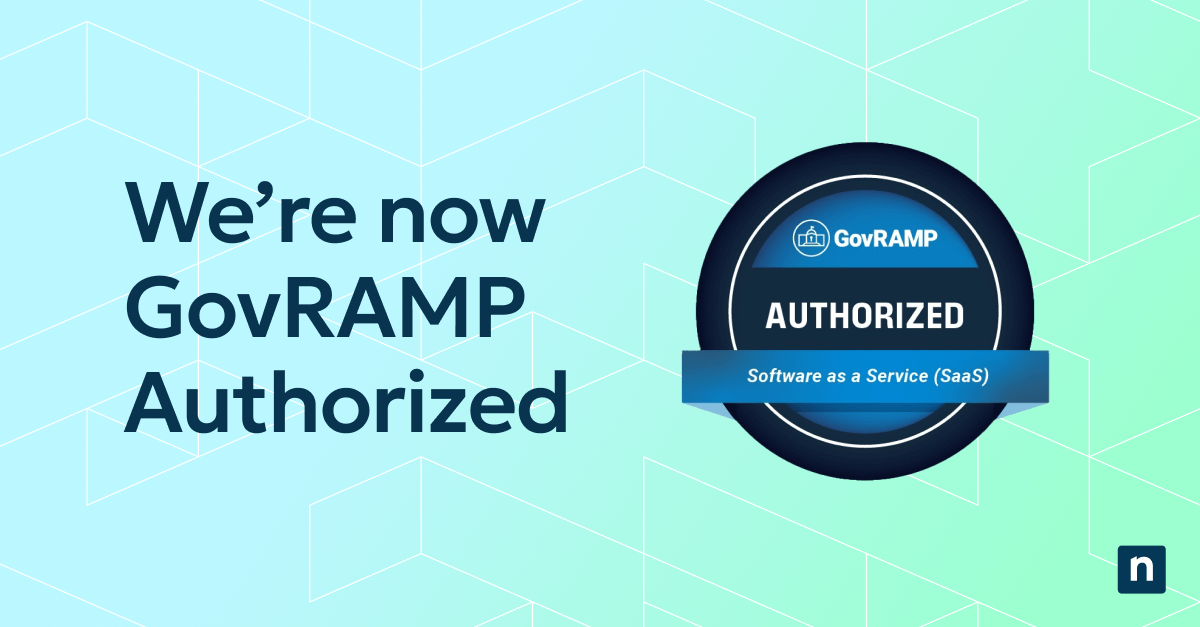Access control is a vital security measure that manages user interactions with systems, networks, or resources, safeguarding sensitive information and preventing unauthorized access. By granting or denying specific permissions based on user roles, organizations ensure that only authorized individuals have access to data, mitigating the risk of data breaches and cyberattacks. Incorrect or inadequate access control can lead to serious data leaks, regulatory violations, and potentially even legal ramifications.
The prevalence of headlines detailing malware incidents and sensitive information loss underscores the severity of these risks, with potential reparations reaching millions. For instance, in March 2023, the Twitter source code was publicly accessible, while in April 2023, confidential Pentagon papers on the Ukraine war were exposed. The alarming study by cryptocurrency firm Chainalysis revealed victims paying $449.1 million in ransom to cybercriminals within the first six months of the year. This threat extends beyond tech giants and military powers; hence, it is crucial to abandon a trust-based approach to data access. In this article, we present some of these best practices.
Best practices in access control
Principle of Least Privilege (PoLP)
The least privilege strategy is an essential principle in access control, often referred to as the principle of least privilege assignment or PoLP (Principle of Least Privilege). Least privileged access is a crucial security practice that limits user privileges to the essential resources needed for legitimate functions, minimizing the risk of unauthorized access and potential security breaches. By adhering to this strategy, organizations can significantly mitigate the chances of data leakage or other security vulnerabilities.
2FA or MFA
Implementing strong authentication methods is another important aspect of access control. Two-factor authentication (2FA) and multi-factor authentication (MFA) are robust security technologies designed to enhance user authentication processes and bolster overall digital security. With 2FA, users need to provide two different authentication factors, such as a password and a one-time code sent to their mobile device, before gaining access to an account or system. This extra layer of security significantly reduces the risk of unauthorized access, even if a password is compromised. MFA takes this security measure a step further by requiring multiple factors for authentication, which can include something the user knows (password), something they have (mobile device or smart card), and something they are (biometric data like fingerprint or facial recognition).
By combining these factors, MFA provides a stronger defense against cyber threats, ensuring that only legitimate users with proper credentials can access sensitive information and systems. Both 2FA and MFA technologies play a vital role in safeguarding data, preventing unauthorized access, and protecting against various security threats in today’s interconnected digital landscape.
Regularly review access permissions
Regularly reviewing access permissions is a crucial practice in maintaining a secure and efficient access control system within an organization. By tying access management to individual identities, organizations can establish a centralized repository of user information, creating a single source of truth for determining who individuals are and what resources they have access to. This integrated approach streamlines access control processes, enabling efficient management of user privileges and ensuring that only authorized personnel have appropriate access to sensitive data and systems. Emphasizing the connection between access management and identity empowers organizations to maintain a strong security posture, proactively mitigating risks of unauthorized access and data breaches.
Employee training and awareness
Effective implementation of an access control policy also requires that employees understand the meaning and logic of those policies. Training and awareness-raising activities can increase understanding of the importance of access control and ensure employees are correctly implementing access policies.
Implement a robust audit trail
Outdated user accounts, so-called “dead files”, represent a significant security risk. These accounts often still have comprehensive access rights and can easily be exploited by attackers. Regular review and deactivation of such accounts is therefore an important task within the framework of access control.
“Effective access control is more than just implementing a set of policies and procedures. It requires a comprehensive strategy that considers both technical aspects and human factors.”
André Schindler, GM EMEA and VP Strategic Partnerships
Proactive monitoring and logging
Proactive monitoring of access to sensitive data is crucial for swiftly identifying potential security breaches and responding effectively. To achieve this, organizations utilize logging tools alongside advanced technologies such as Remote Monitoring and Management (RMM), which allows for real-time monitoring and management of IT systems. Endpoint Detection and Response (EDR) solutions provide continuous monitoring of endpoints, identifying and mitigating threats. Security Information and Event Management (SIEM) platforms aggregate and analyze security events from various sources to detect suspicious patterns. Additionally, threat hunting capabilities involve proactively searching for potential threats within the network. The combination of these tools enables the timely detection of unusual activities, providing valuable insights into potential unauthorized access and strengthening overall data security measures.
Role Based Access Control (RBAC) system
A role-based access control (RBAC) system is a powerful tool that streamlines access rights management and enhances security. With RBAC, users are assigned access rights by admins based on their specific roles within the organization, enabling granular control over permissions. An Identity and Access Management (IAM) solution can efficiently handle RBAC systems, automatically adjusting access rights as users’ roles change, simplifying access management, and reducing the risk of unauthorized access. This integrated approach ensures that users have the appropriate level of access based on their responsibilities, enhancing overall data security and operational efficiency.
Safeguard your organization’s most sensitive data. Watch Securing company data with enterprise access control to strengthen protection and prevent unauthorized access.
How to implement effective access control
Effective access control is more than just implementing a set of policies and procedures. It requires a comprehensive strategy that considers both technical aspects and human factors. By applying proven best practices, organizations can protect their data, meet their compliance needs and build trust with their customers and partners.
